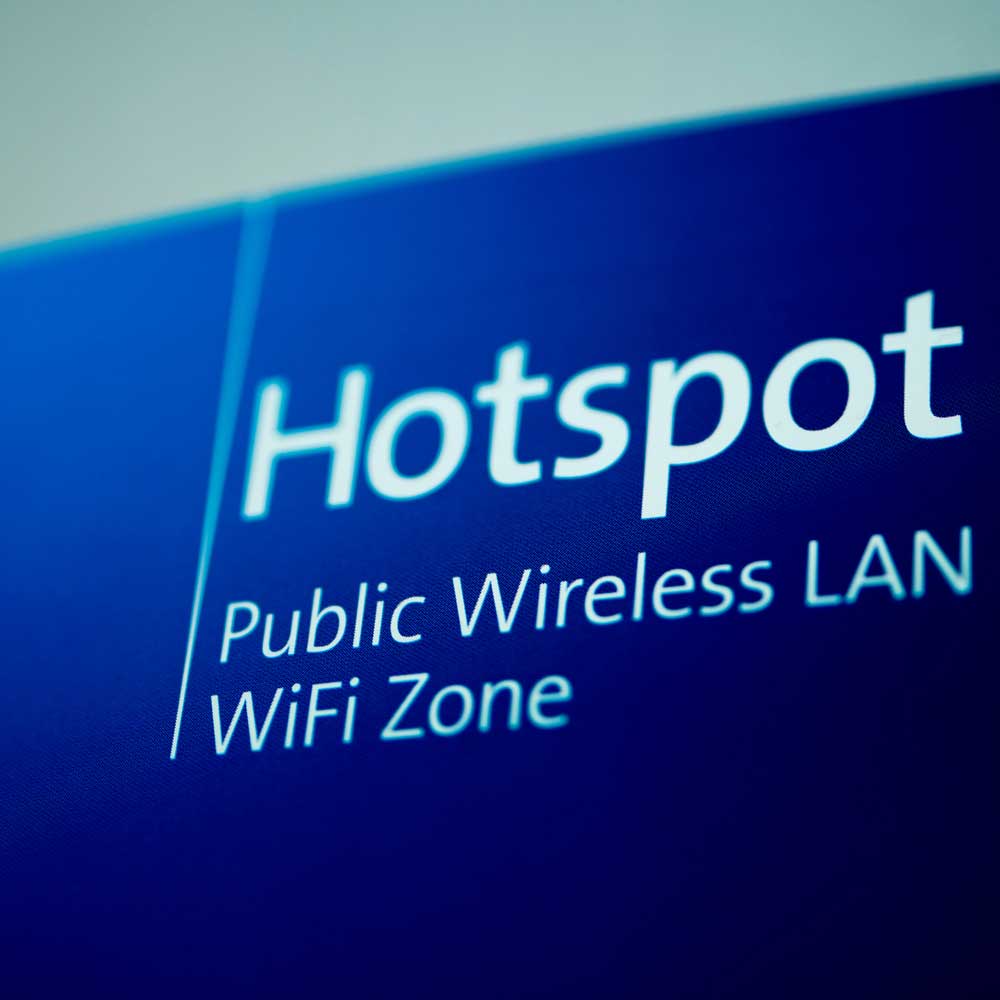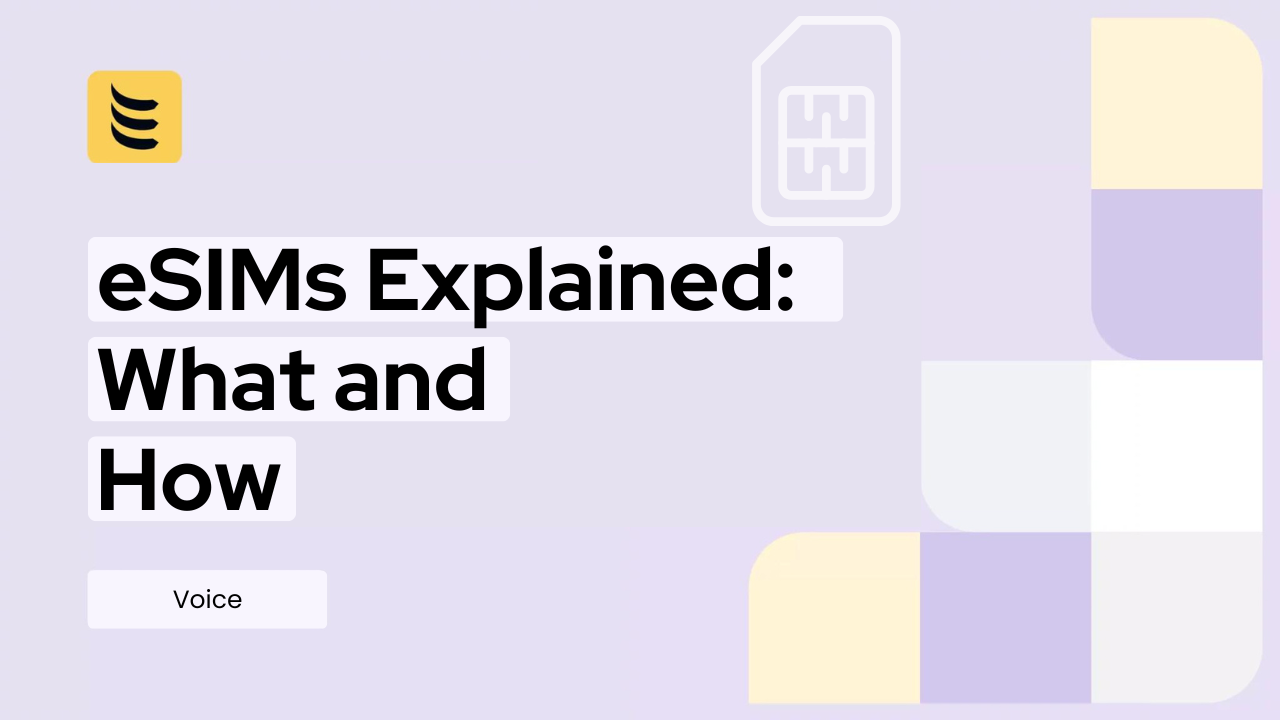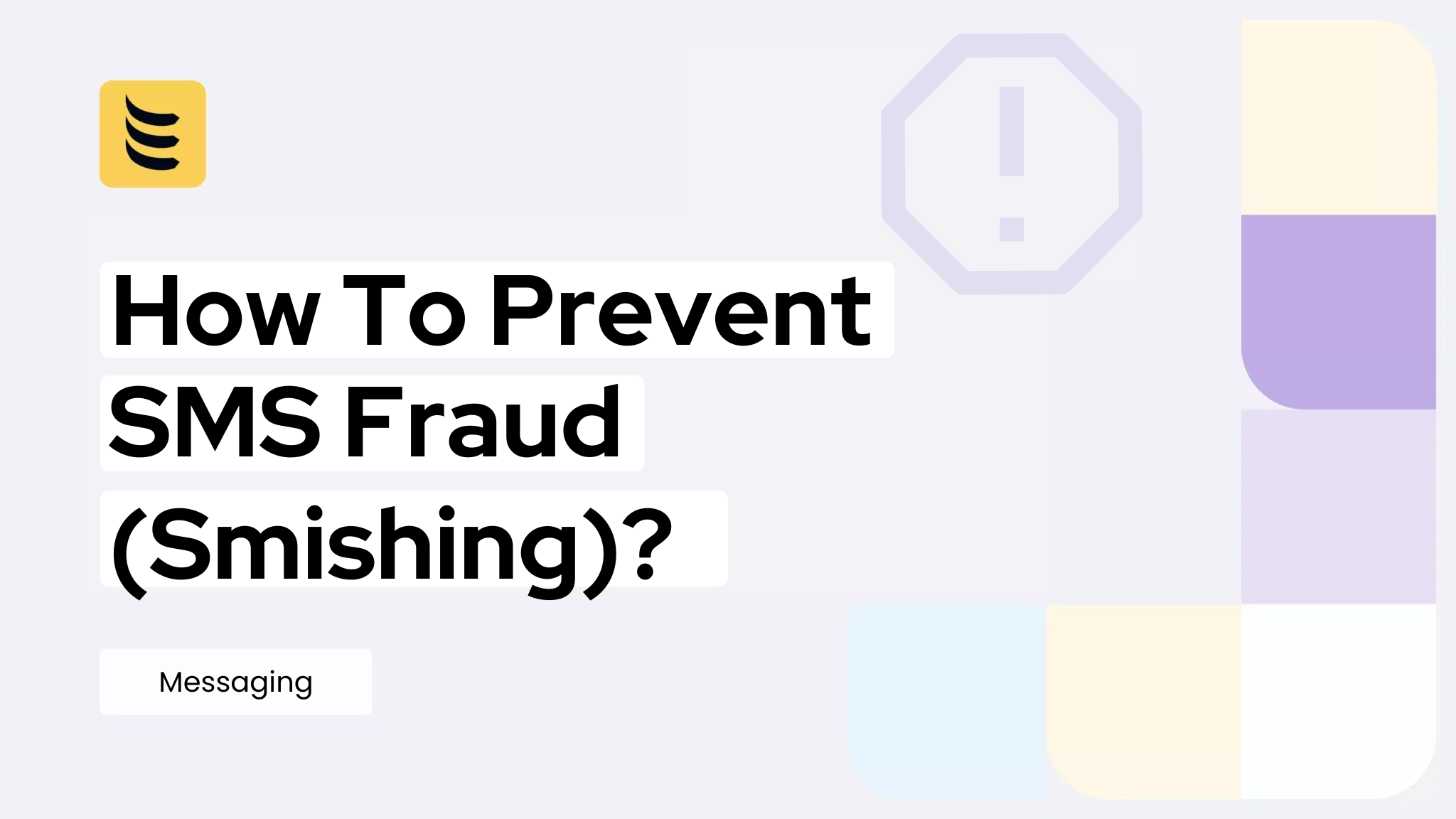With VoIP gaining traction and popularity, the role of traditional communication services is being called into question. VoIP is in a class of its own, but how does Wi-Fi VoIP compare to calls made from mobile networks?
What is Wi-Fi VoIP?
Voice Over Internet Protocol (VoIP) services can be used on a Wi-Fi or mobile network. VoIP enables users to communicate anywhere, any time provided that there is reliable internet access.
Wi-Fi VoIP, in particular, uses Wi-Fi as opposed to relying upon a mobile network, although the same telephone number is used. Users, therefore, don’t require airtime or credit with their mobile provider in order to make calls. It can be utilised whether you’re at home, the office, or public spaces with a Wi-Fi hotspot.
Standard VoIP transmits digital signals from the sender to the receiver via the internet and without any copper wires that fundamentally form the Public Switched Telephone Network (PSTN) in the case of traditional phones transmitting analogue signals. Wireless VoIP has opened up the possibilities for internet calling and has – quite literally – made it more mobile. Whereas network VoIP would require the use of a VoIP phone with mobile network access, Wi-Fi VoIP enables various devices, such as tablets, smartphones and computers, to access wireless internet to place calls.
Two phone types can utilise Wi-Fi VoIP; a DECT phone and a Wi-Fi VoIP phone. Many other compatible devices, such as tablets and portable computers with wireless capabilities can also make use of this technology.
How do calls on a mobile network work?
VoIP using a mobile network will rely upon 3G or 4G data. When a call is placed, data is carried via TCP/IP (Transfer Control Protocol/Internet Protocol) packets. When sent via a mobile network, they tend to travel a large distance across the air to the closest phone mast. In comparison, a Wi-Fi or broadband-based call would be sent via a cable. This leaves network calls more vulnerable to disruption and signal problems.
What are the main differences?
For VoIP to provide good quality calls equivalent to that of traditional telephony, the internet connection needs to be strong and reliable. For network calls, the quality will vary between operators, given the differences in data speed, reliability and the strength of the signal.
Some mobile networks offer their own version of Wi-Fi calling, which is in-built into the dialer. This means that no additional app is required and you can simply select a contact from your list rather than adding new contacts as you may need to do with other services, such as Skype.
Many mobile devices allow Wi-Fi calling to be set as a default choice, with the option to automatically switch between Wi-Fi and network calling depending on availability.
However, there is a caveat with Wi-Fi VoIP since not all calls are necessarily free. The VoIP service, whether this is a network-branded solution or from a third party provider, will vary in terms and conditions and, of course, charges. Long distance calls, for example, are almost invariably chargeable, given the need for call termination (breaking into the local PSTN close to the destination).
Which is the better choice?
Many VoIP services are free at the point of use for pure-play VoIP device to device calls, where no PSTN call termination is involved. Using such services while accessing Wi-Fi dramatically reduces overall telephony costs. This is a boon for businesses, simultaneously enabling them to improve the effectiveness of communication, in and out of the office, while saving on the cost of mobile data packages. Specialists such as IDT can provide wholesale Direct Inward Dialing (DID) lines, VoIP services and other creative solutions to ensure that businesses can benefit from high quality, unified systems.
Wi-Fi VoIP is a good alternative when your mobile network signal is weak or you’re in an area with poor coverage. The wireless connection does, however, need to be strong and stable with sufficient bandwidth to handle the traffic for Wi-Fi VoIP and thus maintain decent voice quality with minimal latency.
QoS (Quality of Service) is clearly important. Most phones and mobile devices set data transfer as a priority, but devices which are correctly configured with QoS in mind will ensure that voice data is a priority, thus improving the overall quality of the call. Device-level implementation of QoS is an area subject to on-going development but the advantages of WiFi VoIP calling are clear for all to see. It allows a mobile workforce to make calls at dramatically reduced unit costs, whilst remaining largely device and connection agnostic.
Firms benefit from reduced costs and improved access to mobile team members. Conversely, staff on the road can access corporate systems and can contact clients – even those overseas – without the need to justify punitive call charges.




